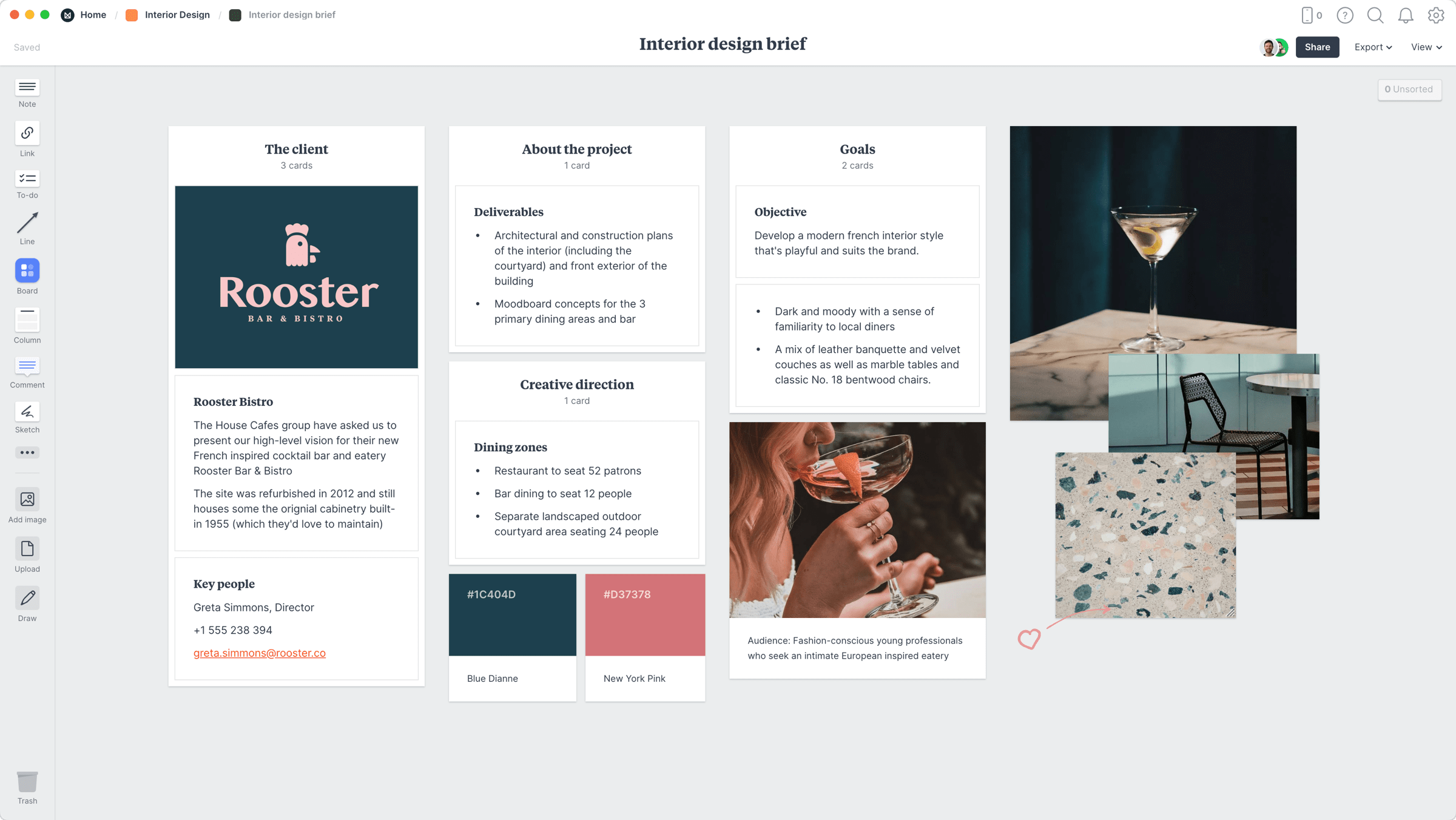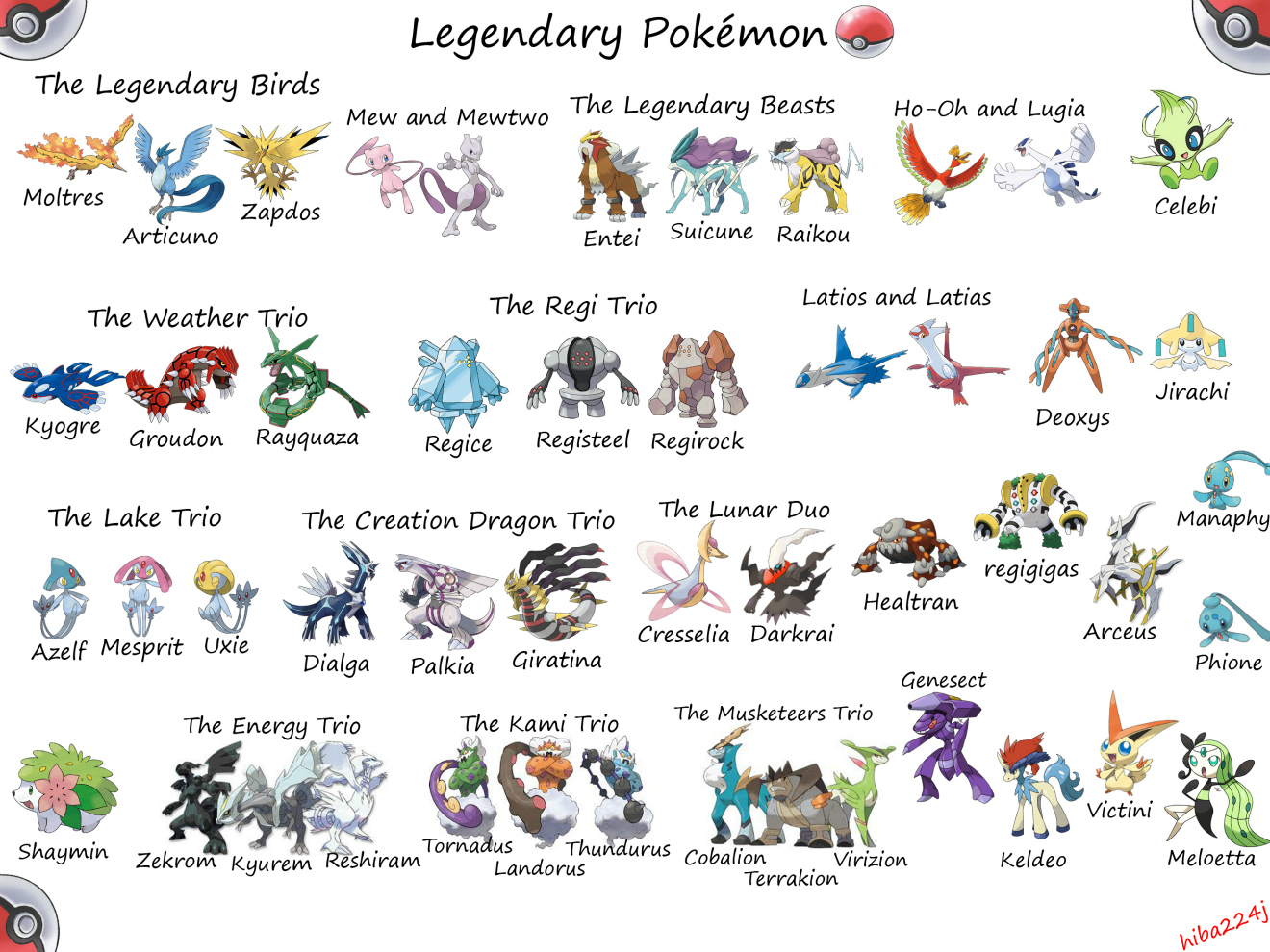How To Write A Compelling Brief: A Step-by-Step Guide

Table of Contents
Understanding Your Audience and Objectives
Before you even begin writing, you need a firm grasp of your goals and your audience. A compelling brief starts with clarity of purpose.
Defining the Project Goals
Clearly articulate the desired outcome. What needs to be achieved? Use SMART goals (Specific, Measurable, Achievable, Relevant, Time-bound) to ensure your objectives are well-defined and measurable.
- Specific: Avoid vague language. Instead of "improve brand awareness," aim for "increase brand awareness by 20% among target demographic X."
- Measurable: How will you track progress? Will you use website analytics, social media engagement, or sales figures?
- Achievable: Set realistic goals that are within your resources and timeframe.
- Relevant: Ensure your goals align with your overall business objectives.
- Time-bound: Set clear deadlines for completion.
Examples of SMART goals include: Increase brand awareness by 20% in Q3, develop a new website with 1000+ unique visitors per day, or launch a marketing campaign resulting in a 15% increase in leads within one month.
Identifying Your Target Audience
Who are you creating this compelling brief for? Be specific about demographics (age, location, income), psychographics (lifestyle, values, interests), and their needs.
- Create detailed buyer personas: Develop representative profiles of your ideal clients or stakeholders.
- Consider their existing knowledge and expectations: Tailor your language and level of detail accordingly. A brief for a technical team will differ significantly from one for a marketing team. Understanding their level of existing knowledge allows you to write a more effective brief.
Structuring Your Compelling Brief
The structure of your brief is just as important as its content. A well-structured, compelling brief is easy to navigate and understand.
The Importance of a Clear Title and Introduction
Grab attention with a concise and informative title that clearly reflects the project's purpose. The introduction should provide context and set the stage for the rest of the brief. This initial section sets the tone for the entire document, influencing how the information is received and understood.
Detailed Background Information
Provide necessary context. Include relevant research, data, and any previous work related to the project. Explain the problem you're solving and the opportunity you're addressing. A strong foundation of information empowers the recipients to fully understand and appreciate the project’s goals.
Defining Scope and Deliverables
Clearly outline what is included and excluded from the project. Specify the final product or outcome. Use visual aids like diagrams or flowcharts to illustrate complex information. Ambiguity in this section can lead to significant misunderstandings and project failures.
Setting Realistic Deadlines and Budget
Establish a clear timeline with key milestones. Specify a realistic budget allocation, considering potential contingencies for delays or unexpected costs. Transparency in this aspect builds trust and ensures everyone is on the same page regarding resource allocation.
Writing Style and Tone for a Compelling Brief
The writing style significantly impacts the effectiveness of your brief.
Concise and Clear Language
Avoid jargon and technical terms unless absolutely necessary. Use active voice and strong verbs. Prioritize clarity and conciseness. Every word should serve a purpose in conveying the necessary information efficiently.
Visual Appeal and Formatting
Use headings, subheadings, bullet points, and white space to improve readability. Incorporate visuals like charts and graphs where appropriate. Choose a professional and easy-to-read font. The visual appeal enhances comprehension and engagement with the document.
Review and Refinement of Your Compelling Brief
Before finalizing your compelling brief, thorough review is essential.
Internal Review Process
Get feedback from relevant stakeholders. Address any ambiguities or inconsistencies identified during the review process. Collaboration ensures a shared understanding of the project requirements.
Final Proofreading and Editing
Thoroughly check for grammar, spelling, and punctuation errors. Ensure the brief is consistent in tone and style. A polished, error-free brief reflects professionalism and attention to detail.
Conclusion
Writing a compelling brief involves understanding your audience and objectives, structuring your brief logically, using clear and concise language, and reviewing it thoroughly. By following these steps, you can create a powerful brief that ensures everyone is on the same page, leading to more successful projects. Start crafting your compelling briefs today and experience the benefits of clearer communication and more successful projects. Download our free template to get started! Remember, a strong, effective brief is an investment in project success. Use this guide to create powerful briefs that drive positive outcomes.

Featured Posts
-
 England Names Sam Cook For One Off Test Match Against Zimbabwe
May 23, 2025
England Names Sam Cook For One Off Test Match Against Zimbabwe
May 23, 2025 -
 The Who The Story Behind Their Legendary Name
May 23, 2025
The Who The Story Behind Their Legendary Name
May 23, 2025 -
 Kho Lund A Kopira Proslavata Na Ronaldo Reaktsi Ata Na Portugalskata Vezda
May 23, 2025
Kho Lund A Kopira Proslavata Na Ronaldo Reaktsi Ata Na Portugalskata Vezda
May 23, 2025 -
 Aviva Stadium Hosts Metallica For Two Nights In June 2026
May 23, 2025
Aviva Stadium Hosts Metallica For Two Nights In June 2026
May 23, 2025 -
 Cummins And Partners Announce Successful Hydrogen Engine Project Completion
May 23, 2025
Cummins And Partners Announce Successful Hydrogen Engine Project Completion
May 23, 2025
Latest Posts
-
 Bishop Englands Dance Legacy Continues Two Graduates Join Louisville For 2025 Ncaa Tournament
May 23, 2025
Bishop Englands Dance Legacy Continues Two Graduates Join Louisville For 2025 Ncaa Tournament
May 23, 2025 -
 Urgent Livestock Evacuation In Switzerland Landslide Danger Prompts Helicopter And Ground Response
May 23, 2025
Urgent Livestock Evacuation In Switzerland Landslide Danger Prompts Helicopter And Ground Response
May 23, 2025 -
 Louisvilles 2025 Ncaa Tournament Roster Features Two Bishop England Graduates
May 23, 2025
Louisvilles 2025 Ncaa Tournament Roster Features Two Bishop England Graduates
May 23, 2025 -
 F1 2024 Wolff Positive After Impressive Opening Races
May 23, 2025
F1 2024 Wolff Positive After Impressive Opening Races
May 23, 2025 -
 Alpine Village Livestock Evacuation Helicopter And Ground Rescue Amidst Landslide Risk
May 23, 2025
Alpine Village Livestock Evacuation Helicopter And Ground Rescue Amidst Landslide Risk
May 23, 2025
